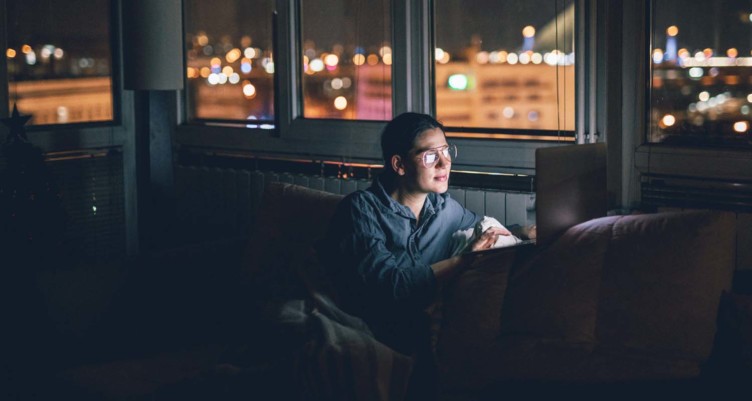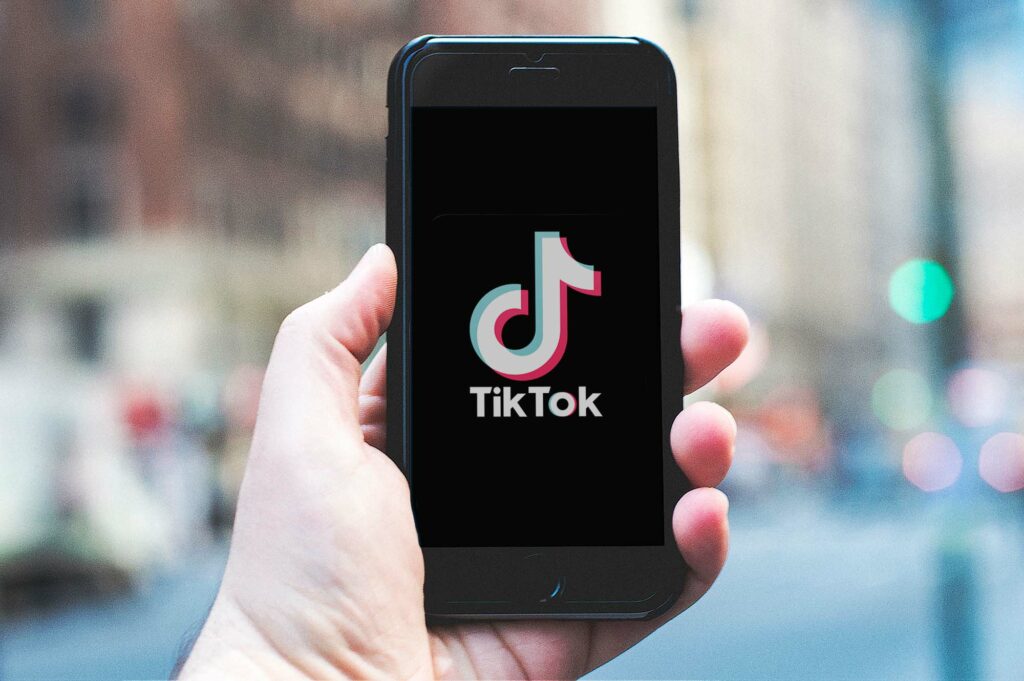‘Night owls’ — those who go to bed and get up later — have fundamental differences in their brain function compared to ‘morning larks’ , which mean they could be disadvantaged by the constraints of a normal working day.
Research led by the University of Birmingham found that individuals whose internal body clock dictates that they go to bed and wake up very late (with an average bedtime of 2:30am and wake-up time of 10:15am) have lower resting brain connectivity in many of the brain regions that are linked to the maintenance of consciousness.
Importantly, this lower brain connectivity was associated with poorer attention, slower reactions and increased sleepiness throughout the hours of a typical working day.
According to the Office for National Statistics, around 12 per cent of employees work night shifts. We already know that there are huge negative health consequences for night shift workers due to the constant disruption to sleep and body clocks.
However, disruption can also be caused by being forced to fit into a societal 9-5 working day if those timings do not align with your natural biological rhythms. Since around 40-50 per cent of the population identify as having a preference for later bed times and for getting up after 8.20am the researchers say much more needs to be done to explore negative implications for this group.
The lead researcher, Dr Elise Facer-Childs, of the University of Birmingham’s Centre for Human Brain Health, says: “A huge number of people struggle to deliver their best performance during work or school hours they are not naturally suited to. There is a critical need to increase our understanding of these issues in order to minimise health risks in society, as well as maximise productivity.”
The study, published in the journal SLEEP, investigated brain function at rest and linked it to the cognitive abilities of 38 individuals who were identified as either ‘night owls’ or ‘morning larks’ using physiological rhythms (melatonin and cortisol), continuous sleep/wake monitoring and questionnaires. The volunteers underwent MRI scans, followed by a series of tasks, with testing sessions being undertaken at a range of different times during the day from 8am to 8pm. They were also asked to report on their levels of sleepiness.
Volunteers identified as morning larks reported to be least sleepy and had their fastest reaction time during the early morning tests, which was significantly better than night owls. Night owls, however, were least sleepy and had their fastest reaction time at 8pm in the evening, although this was not significantly better than the larks, highlighting that night owls are most disadvantaged in the morning. Interestingly, the brain connectivity in the regions that could predict better performance and lower sleepiness was significantly higher in larks at all time points, suggesting that the resting state brain connectivity of night owls is impaired throughout the whole day (8am-8pm).
Dr Facer-Childs, who is now based at the Monash Institute for Cognitive and Clinical Neurosciences in Melbourne, Australia, says: “This mismatch between a person’s biological time and social time — which most of us have experienced in the form of jet lag — is a common issue for night owls trying to follow a normal working day. Our study is the first to show a potential intrinsic neuronal mechanism behind why ‘night owls’ may face cognitive disadvantages when being forced to fit into these constraints.
“To manage this, we need to get better at taking an individual’s personal body clock into account — particularly in the world of work. A typical day might last from 9am-5pm, but for a night owl, this could result in diminished performance during the morning, lower brain connectivity in regions linked to consciousness and increased daytime sleepiness. If, as a society, we could be more flexible about how we manage time we could go a long way towards maximising productivity and minimising health risks.”
The research was funded by the Biotechnology and Biological Sciences Research Council, the Engineering and Physical Sciences Research Council, and the Brazilian Institute of Neuroscience and Neurotechnology




